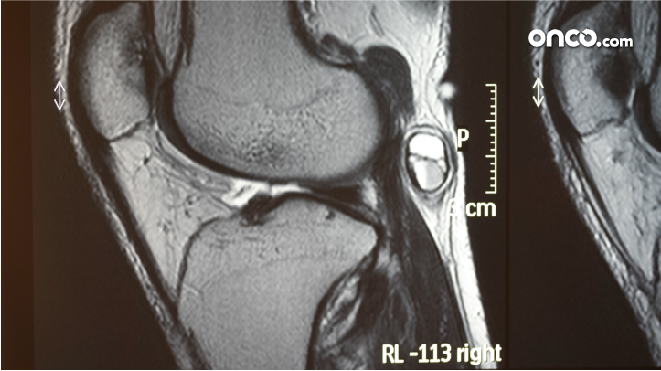What complications arise after bone cancer surgery?
The primary means of treating bone cancer is surgery and involves removing a malignant tumor from the bone. However, the surgical complications of bone cancer include:
Amputation
Living with an amputation can cause significant distress and pain in the patient. Also, therapy and social support are only remedies. Rehabilitation and limb prosthesis come of further help.
Rehabilitation
It is very intense after limb-salvage surgery than it is after amputation. Without it, the limb may become incapable of functioning. With it, it still takes one year for patients to flex the limb to its optimal extent.
Effects of reconstructive surgery
Reconstructive surgery for an upper arm removes the cancerous part, and the lower arm is attached, leaving one arm shorter than the other.
Shock
Post-traumatic stress disorder is the term given to patients who do not recover from the painful experience of going through treatment for cancer. It may cause intense shaking or chills.
Shortness of breath
Breathing-related issues are another complication after the removal of lung metastasis through surgery.
Hemorrhage
There may be uncontrollable bleeding or unexplained bruising at the site of the surgery, increasing the risk of shock.
Wound infection
Flesh wounds that remain from the surgery increase the risk of exposure to bacteria, impeding healing, and making the patient susceptible to a whole lot of other diseases.
Effects of anesthesia
People whose general health is not suitable due to heart, liver, or kidney-related issues or poor nutritional habits cannot handle anesthesia and surgery for metastasis.




